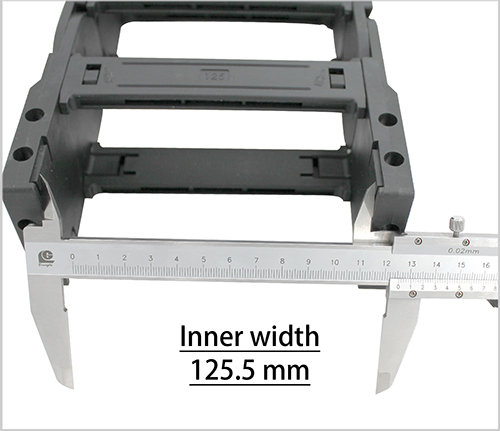Understanding the Importance and Functionality of a Synchronization Belt in Mechanical Systems
Understanding Sync Belts Essential Components of Modern Machinery
In the world of machinery and automotive engineering, the term sync belt often refers to a crucial component that ensures the smooth and efficient operation of engines and various mechanical systems. Also known as a timing belt, a sync belt plays a vital role in synchronizing the rotation of the crankshaft and camshaft in an internal combustion engine, ensuring that the engine’s valves open and close at the right times during each cylinder's intake and exhaust strokes. This synchronization is essential for optimal engine performance, fuel efficiency, and emissions control.
Composition and Design
Sync belts are typically made from high-strength rubber blended with reinforcing fibers, such as fiberglass or Kevlar. This construction allows them to withstand the demanding conditions present in an engine, including high temperatures, oil exposure, and constant tension. Most sync belts feature teeth on their inner surface, which engage with the gears of the crankshaft and camshaft, ensuring precise alignment and reducing slippage that could lead to timing errors.
The design of sync belts can vary based on the application. While some might be simple loops with consistent tooth patterns, others may utilize complex contoured designs to optimize performance in specific engines. The choice of material and construction methods often reflects the balance between durability and efficiency required for particular machine operations.
Functionality
The primary function of a sync belt is to maintain the timing of the engine’s components. In a four-stroke engine, for example, the crankshaft rotates continuously, while the camshaft needs to turn at half that speed to align with the cycles of intake and exhaust. Any misalignment due to a worn or improperly installed sync belt can result in significant engine problems, such as decreased performance, increased emissions, or severe internal damage that could necessitate costly repairs.
sync belt

Moreover, sync belts are quiet and efficient compared to other means of transferring motion, such as chain drives. They help reduce noise in the engine compartment, making modern vehicles quieter and more pleasant to operate. Their smooth operation also contributes to better fuel economy, making them a preferred choice in contemporary automotive design.
Maintenance and Replacement
Despite their durability, sync belts are not immune to wear and tear. Over time, exposure to heat, oil, and regular stress can lead to signs of degradation, such as cracking, fraying, or loss of teeth. Engineers typically recommend replacing sync belts every 60,000 to 100,000 miles, depending on the vehicle manufacturer's guidelines. Neglecting to replace a worn sync belt can lead to catastrophic engine failure, making routine maintenance critical for vehicle reliability.
In addition to the belt itself, it's also important to inspect the associated components, such as tensioners and pulleys. A faulty tensioner may cause the belt to wear unevenly, while a misaligned pulley can lead to premature failure. Therefore, performing thorough inspections during maintenance can help catch potential issues early, saving both time and money.
Conclusion
In conclusion, sync belts are integral to the functionality and efficiency of modern engines and machinery. Their ability to synchronize critical engine components ensures that vehicles perform optimally while minimizing environmental impact. As technology continues to advance, the design and materials used in sync belts may evolve, but their importance in automotive and mechanical engineering will remain ever-present. Understanding the role and care of sync belts not only benefits manufacturers but also enhances the experience for consumers who rely on their smooth operation every day. Proper maintenance and timely replacement are key to ensuring that these essential components continue to function effectively throughout the life of the vehicle.








